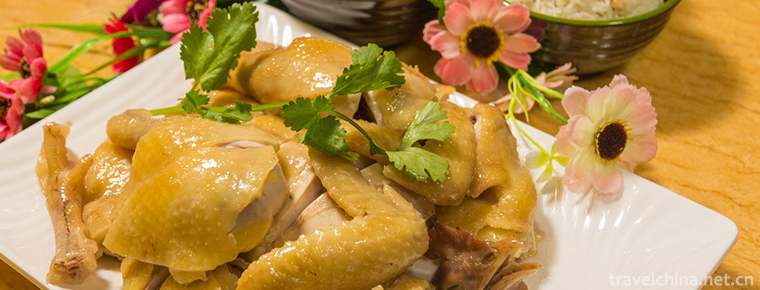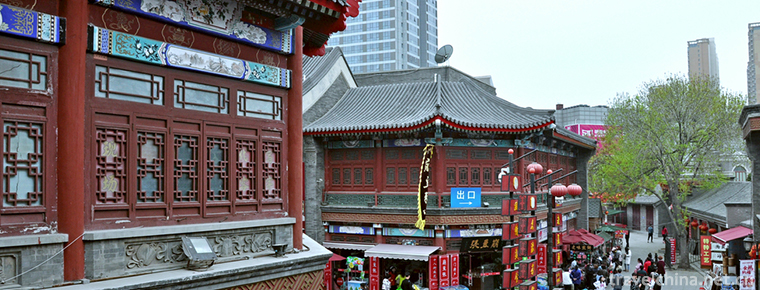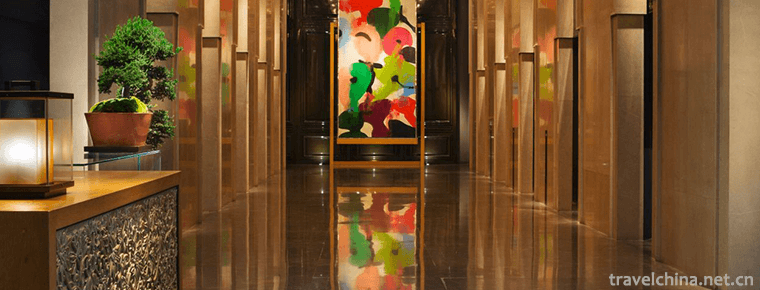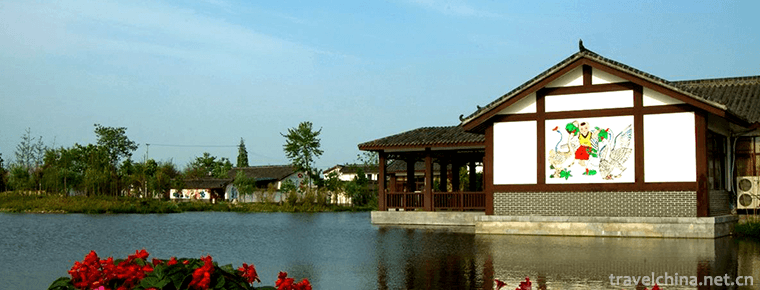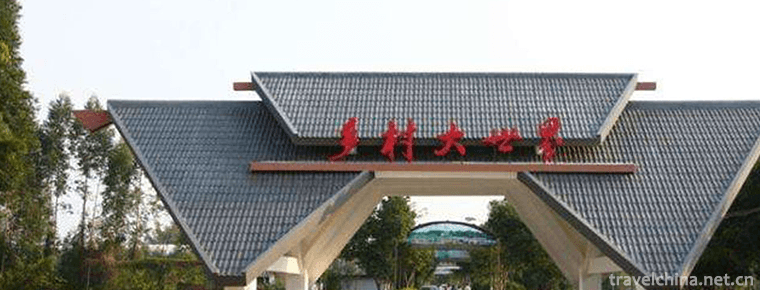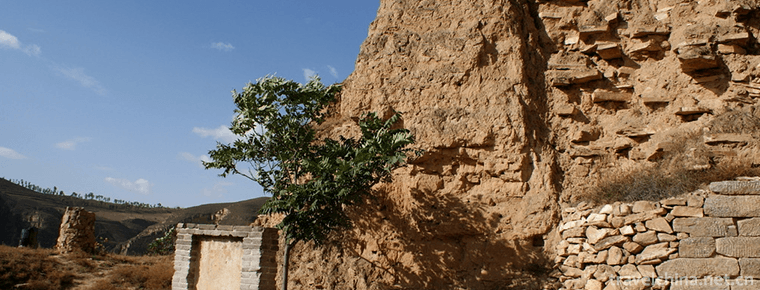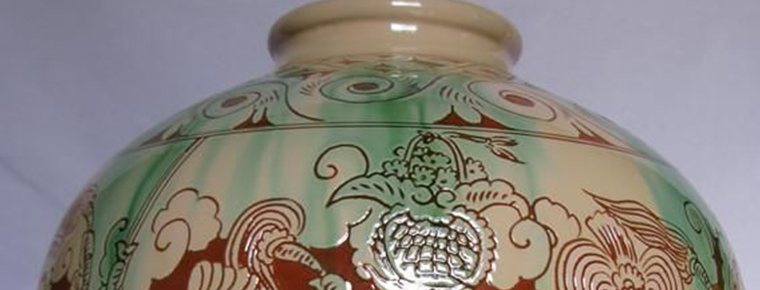Legend of Lugou Bridge
Legend of Lugou Bridge
The legend of Lugou Bridge is very rich in content, including the construction of Lugou Bridge, the lion on Lugou Bridge, Lugou pier chopping dragon and sword, Lugou Xiaoyue, Lugou Bridge and Wanping City, Lugou Bridge Incident and so on. The earliest records about the legend of Lugouqiao are hard to find, but there were articles about the legend of Lugouqiao in newspapers and magazines during the Republic of China. The Lugouqiao Incident, which broke out in 1937, made Lugouqiao more famous in the world. The legends about Lugouqiao are scattered in various materials such as local chronicles. The legends that have been preliminarily sorted out are recorded in the albums of Lugou Xiaoyue and Lugou Bridge Legend respectively. The legend of Lugouqiao has a long history, and its spreading area is very wide. It not only spreads all over Wanping, radiates the whole country, but also spreads far to South-East Asian countries such as Korea, Japan, Singapore and other Chinese regions all over the world. Like the historical value and scientific value of Lugouqiao itself, the legend of Lugouqiao has high literary value, humanistic value and historical value.
On July 16, 2014, the State Council promulgated Lugouqiao Legend as the fourth batch of national intangible cultural heritage list.
brief introduction
Lugou Bridge, also known as Lugou Bridge, is about 15 kilometers southwest of Tiananmen, on the Yongding River in Fengtai District. It is named for crossing the Lugou River (Yongding River) and is the oldest existing stone arch bridge in Beijing. The Lugou Bridge is 266.5 meters long and 7.5 meters wide, with a maximum width of 9.3 meters. There are 10 piers and 11 holes. The whole bridge body is of stone structure. The key parts are connected with silver ingot tenons and tenons, which is the longest ancient stone bridge in North China. On July 7, 1937, Japanese imperialism launched an all-round war of aggression against China here. The Chinese garrison in Wanping City rose up to resist, historically known as the "Lugouqiao Incident" (also known as the "July 7th Incident). The Chinese Anti-Japanese Army fired its first shot in the all-round war of resistance at Lugouqiao.
Culture
Lugou Bridge has a unique architectural structure and exquisite sculpture art. It has a fascinating scenery that makes people linger and forget. From the day it was built, all kinds of legends around Lugou Bridge came into being. In the long history of more than 800 years, it has been widely spread among the people in the form of oral instruction. In the process of spreading, people constantly enrich and develop its content, making the legend of Lugouqiao eventually become the subject matter of stories, poems, ballads, allegorical sayings, novels, dances, dramas and other forms of literature and art, and its popularity continues to expand.
The legend of Lugou Bridge is very rich in content, including the construction of Lugou Bridge, the lion on Lugou Bridge, Lugou pier chopping dragon and sword, Lugou Xiaoyue, Lugou Bridge and Wanping City, Lugou Bridge Incident and so on. The earliest records about the legend of Lugouqiao are hard to find, but there were articles about the legend of Lugouqiao in newspapers and magazines during the Republic of China. The Lugouqiao Incident, which broke out in 1937, made Lugouqiao more famous in the world. The legends about Lugouqiao are scattered in various materials such as local chronicles. The legends that have been preliminarily sorted out are recorded in the albums of Lugou Xiaoyue and Lugou Bridge Legend respectively.
The legend of Lugouqiao has a long history, and its spreading area is very wide. It not only spreads all over Wanping, radiates the whole country, but also spreads far to South-East Asian countries such as Korea, Japan, Singapore and other Chinese regions all over the world. Like the historical value and scientific value of Lugouqiao itself, the legend of Lugouqiao has high literary value, humanistic value and historical value.

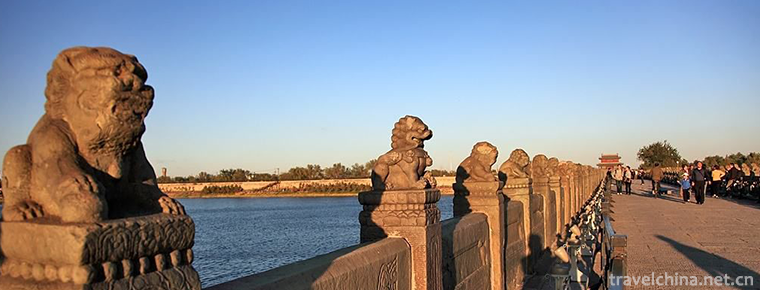
-
Wenchang chicken
Hainan Wenchang chicken, special product of Wenchang City, Hainan, China national geographical indication product. .
Views: 222 Time 2018-11-05 -
Tianjin Ancient Culture Street Tourist Area Jinmen Hometown
Tianjin Ancient Culture Street is located outside the east gate of the northeast corner of Nankai District of Tianjin City and on the West Bank of Haihe River.
Views: 223 Time 2018-11-24 -
Grand hyatt Chengdu
Chengdu Grand Hyatt Hotel is located on Chunxi Road, a famous commercial street with a history of more than 100 years. The hotel is adjacent to the fashionable .
Views: 156 Time 2018-12-16 -
Mianzhu New Year Picture Village Scenic Area in China
New Year Picture Village is located in Xiaode Town, South Gate of Mianzhu City, Sichuan Province. It is located between De'a Highway and Chengqing Highway, 73 kilometers away from Chengdu and within o.
Views: 195 Time 2018-12-22 -
Nanning Rural World
Nanning Rural World is a large-scale eco-leisure resort built by Nanning Weining Eco-Park Co., Ltd. alone. It is a national AAAA tourist attraction with good ecological environment and high negative o.
Views: 129 Time 2018-12-27 -
Hohhot Laoniuwan Tourist Area
Laoniu Bay is located at the entrance of Shanxi-Shaanxi Grand Canyon. This is the Great Wall, the only typical parallel section of the Yellow River. The widest part of the river is not more than 100 m.
Views: 159 Time 2019-01-16 -
Caogao Gong and drum in northern Sichuan
Licao Gong and drum in northern Sichuan is a kind of traditional folk music. It mainly distributes in four counties and three districts of Guangyuan City, Sichuan Province.
Views: 373 Time 2019-04-18 -
Sama Festival of Dong Nationality
Sama Festival of Dong Nationality is spread in Rongjiang County, Liping County, Congjiang County and the surrounding areas of Dong Nationality in Guizhou Province.
Views: 103 Time 2019-04-28 -
Fengyang flower drum
Fengyang flower drum is also known as "flower drum", "beating flower drum", "flower drum gong", "double drum" and so on. Fengyang flower drum originated in Linh.
Views: 331 Time 2019-04-29 -
Firing Techniques of Jieshou Coloured Pottery
The firing technique of Jieshou colored pottery, the local traditional handicraft technique of Jieshou City, Anhui Province, is one of the national intangible cultural heritages..
Views: 104 Time 2019-05-06 -
Brocade Weaving Skills of the Zhuang Nationality
After thousands of years of development, the brocade has its own system of three categories, more than 20 varieties and more than 50 patterns. It is famous for its durability, exquisite skills, unique.
Views: 199 Time 2019-08-16 -
Zhenwu mountain ancient Temple Group
Zhenwu mountain ancient Temple group is located in the urban area of Yibin City, adjacent to Cuiping mountain, with an altitude of 396 meters. It is named for Zhenwu temple on the mountain, covering an area of more than 50 mu..
Views: 225 Time 2020-10-16
